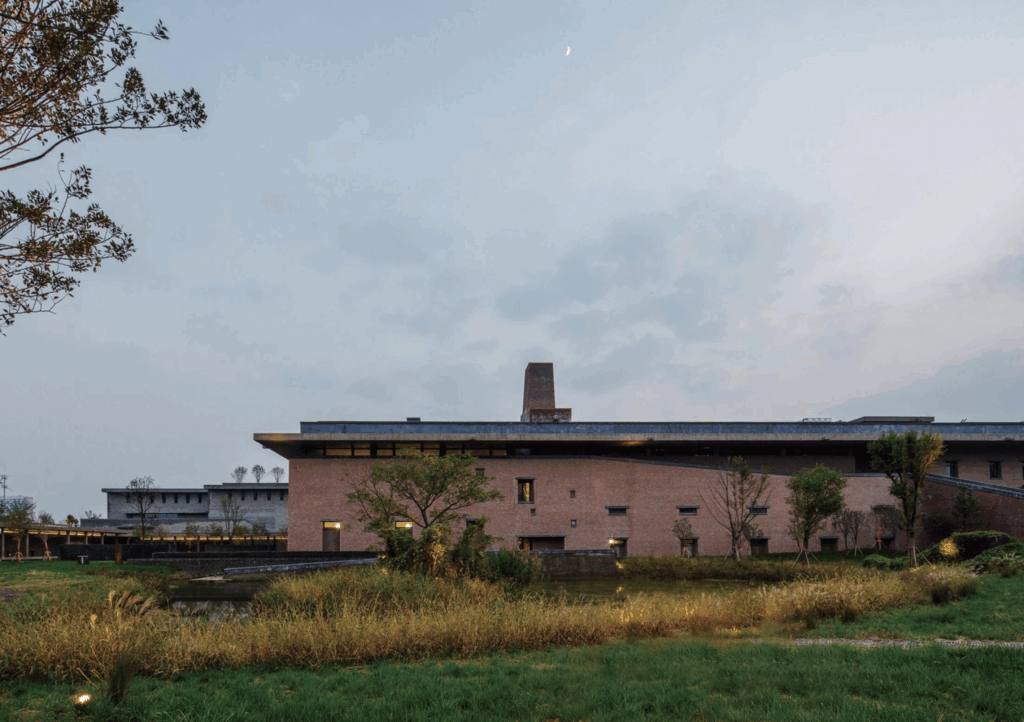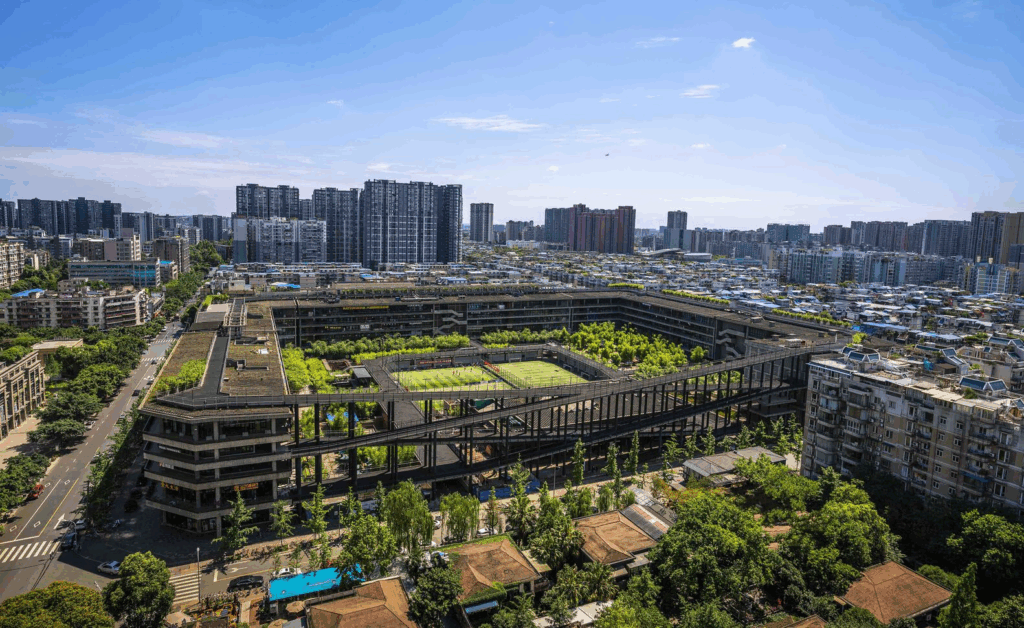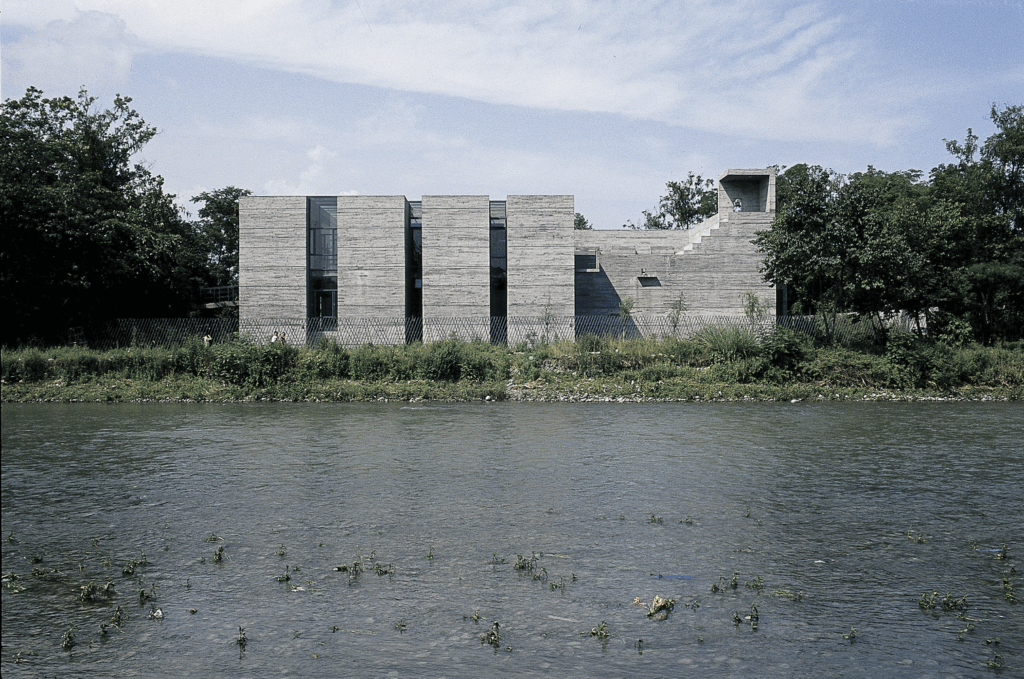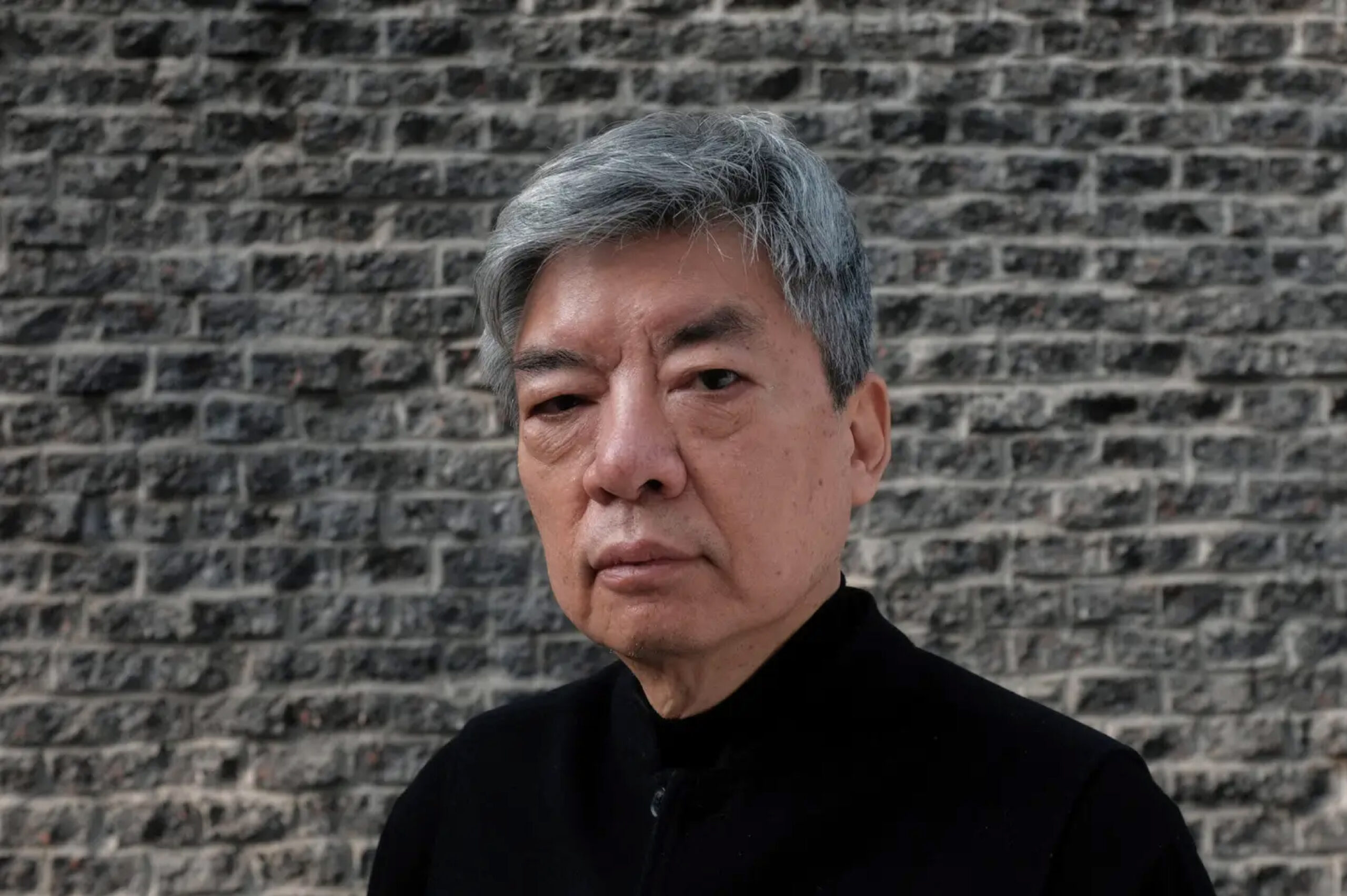Chinese architect Liu Jiakun has been honored with the 2025 Pritzker Architecture Prize, recognizing his contributions to contemporary architecture. This prestigious award, often called the “Nobel Prize of Architecture,” celebrates Liu’s work, which harmoniously blends traditional Chinese aesthetics with modern functionality.
Born in 1956 in Chengdu, China, Liu’s early life was shaped by the Cultural Revolution, during which he was sent to the countryside as a laborer. This period profoundly influenced his perspective on architecture, emphasizing resilience and adaptability. After graduating from the Chongqing Institute of Architecture and Engineering in 1982, Liu founded Jiakun Architects in 1999, aiming to create spaces that reflect cultural continuity and community engagement.
Liu’s portfolio showcases a deep respect for local materials and craftsmanship. Notable projects include the Luyeyuan Stone Sculpture Art Museum in Chengdu, which integrates traditional Chinese garden elements, and the Suzhou Museum of Imperial Kiln Brick, reflecting his commitment to cultural preservation. The West Village Basis Yard in Chengdu exemplifies his approach to urban development, offering multi-level public spaces that foster community interaction.

Suzhou Museum of Imperial Kiln Brick © Arch-Exist
Liu’s design philosophy highlights practicality, sustainability, and social engagement. He often utilizes locally sourced and recycled materials, as seen in his development of “rebirth bricks” from earthquake debris, demonstrating a commitment to adaptive reuse and resilience. His projects avoid excessive formalism and focus on functionality, spatial quality, and material authenticity, creating spaces that resonate with their historical and social contexts.

West Village Basis Yard in Chengdu © Arch-Exist
Liu Jiakun is the second Chinese architect to receive the Pritzker Prize, following Wang Shu in 2012. The jury highlighted Liu’s ability to balance tradition with contemporary demands, ensuring that architecture remains relevant to cultural heritage and urban development. His work will be exhibited at the Biennale Architettura 2025 in Venice, showcasing his contributions to architecture and urban planning.

Luyeyuan Stone Sculpture Art Museum © Bi Kejian
Liu’s recognition by the Pritzker Prize underscores the importance of socially grounded architecture that is materially conscious and responsive to historical context, offering valuable insights for architects worldwide.
